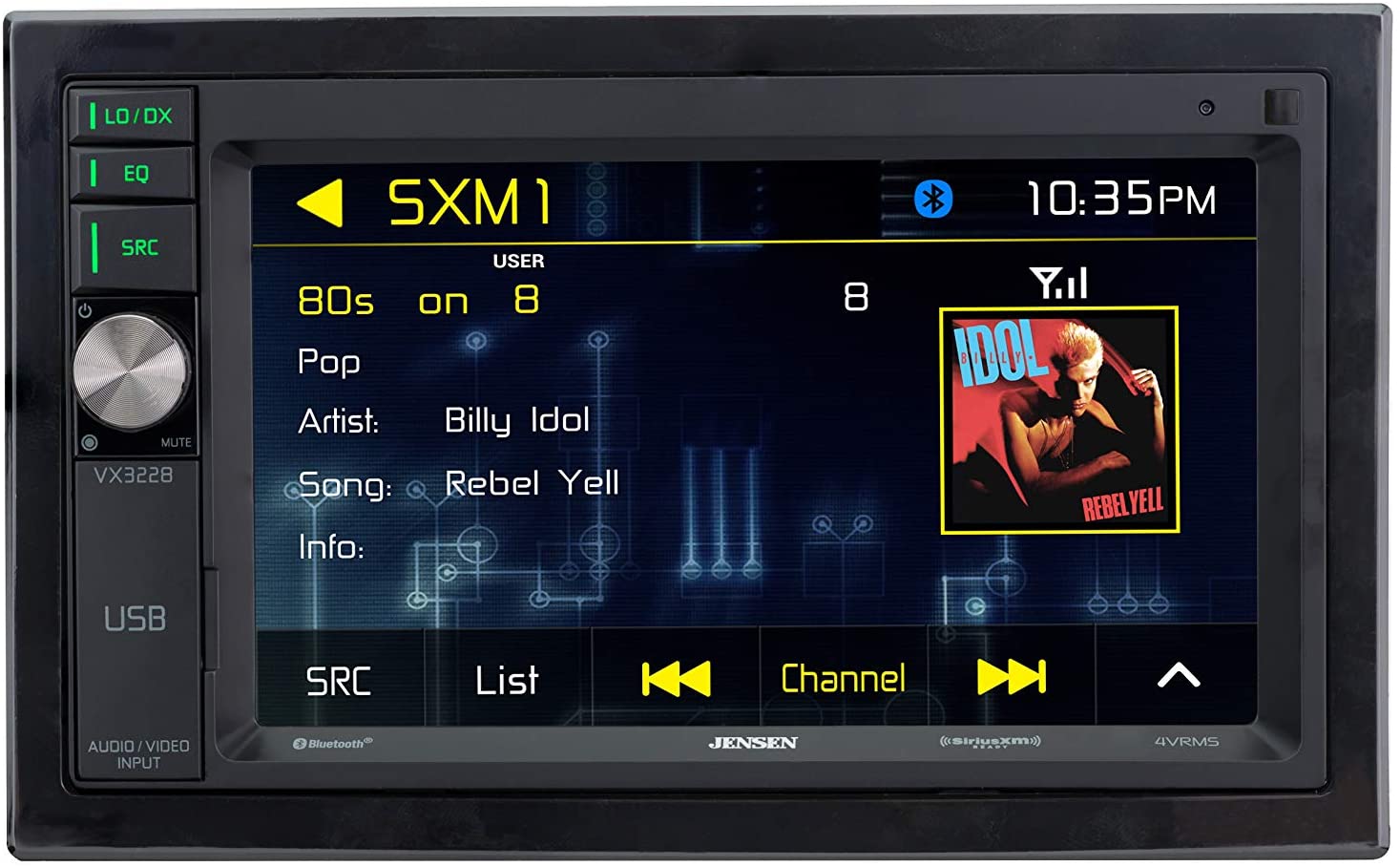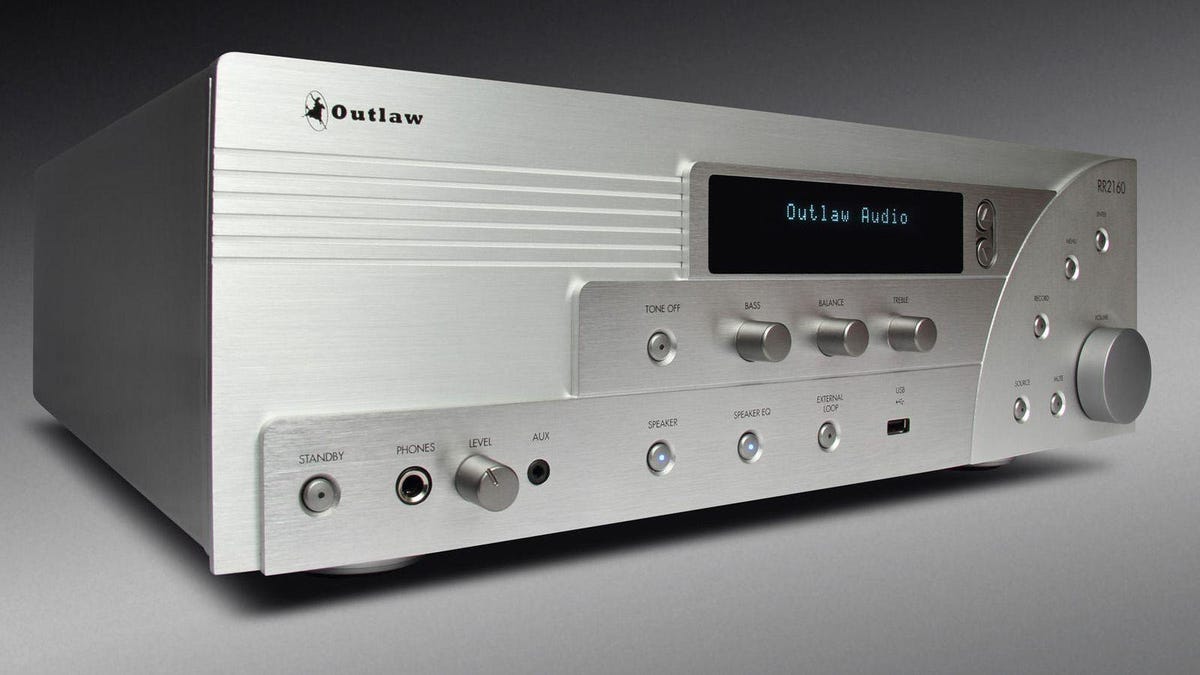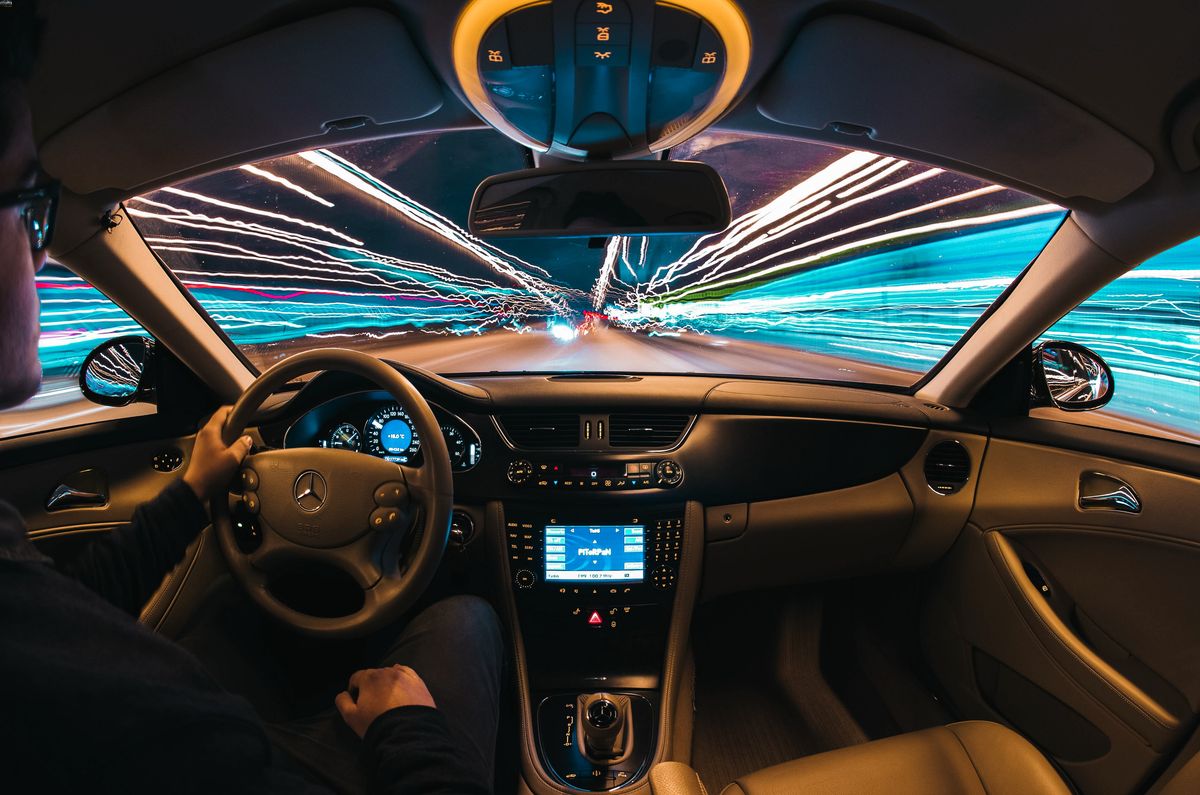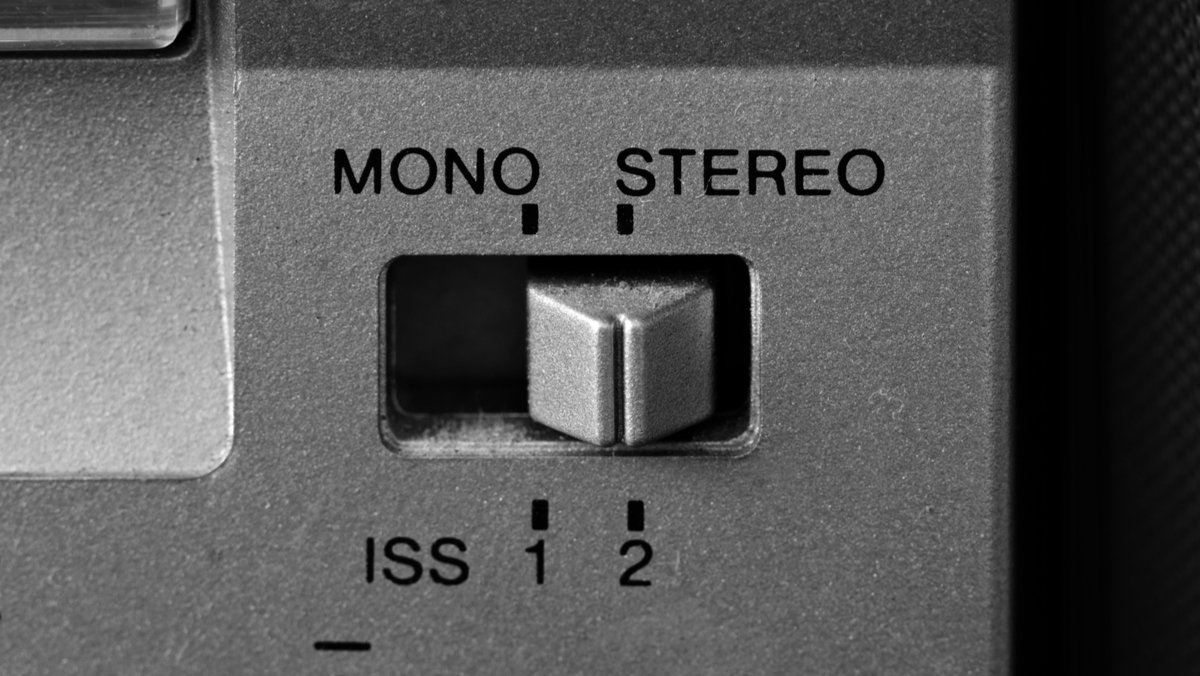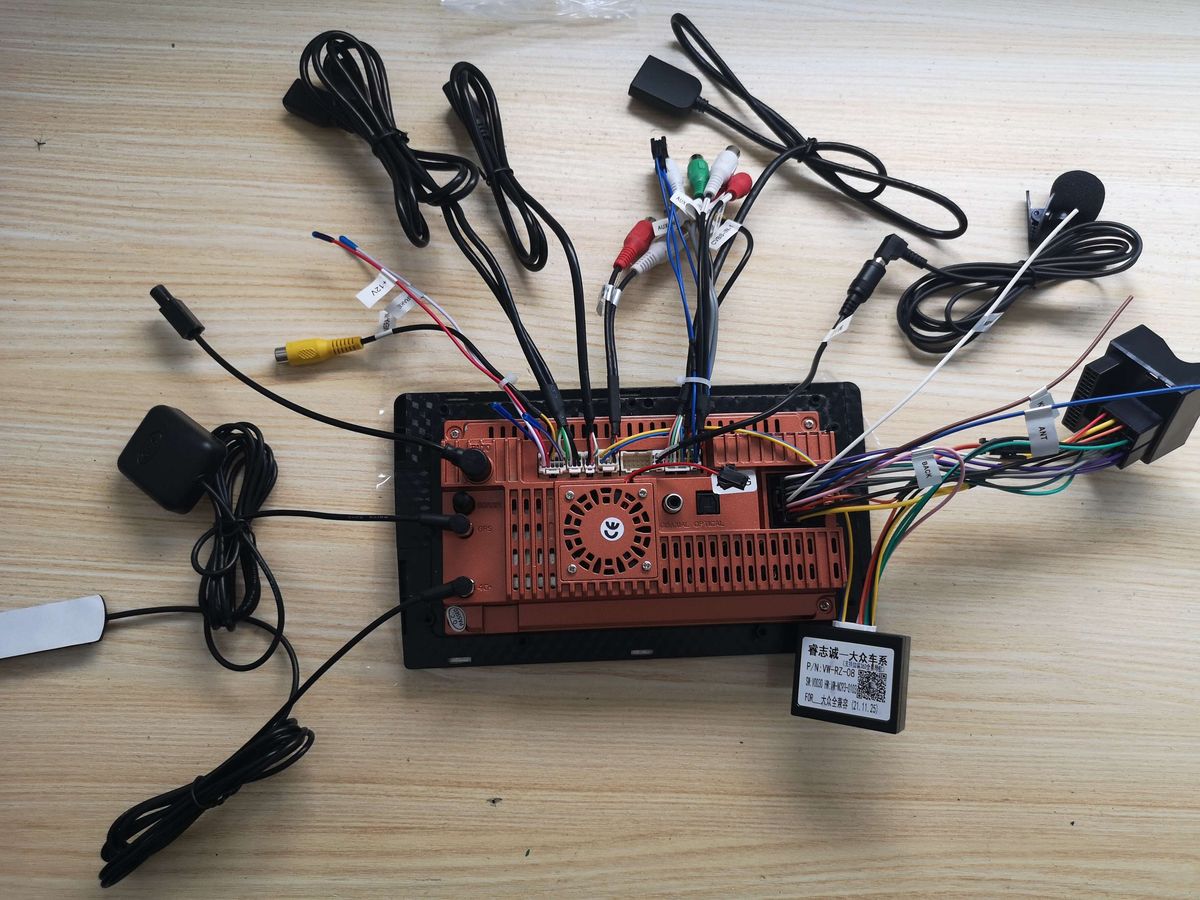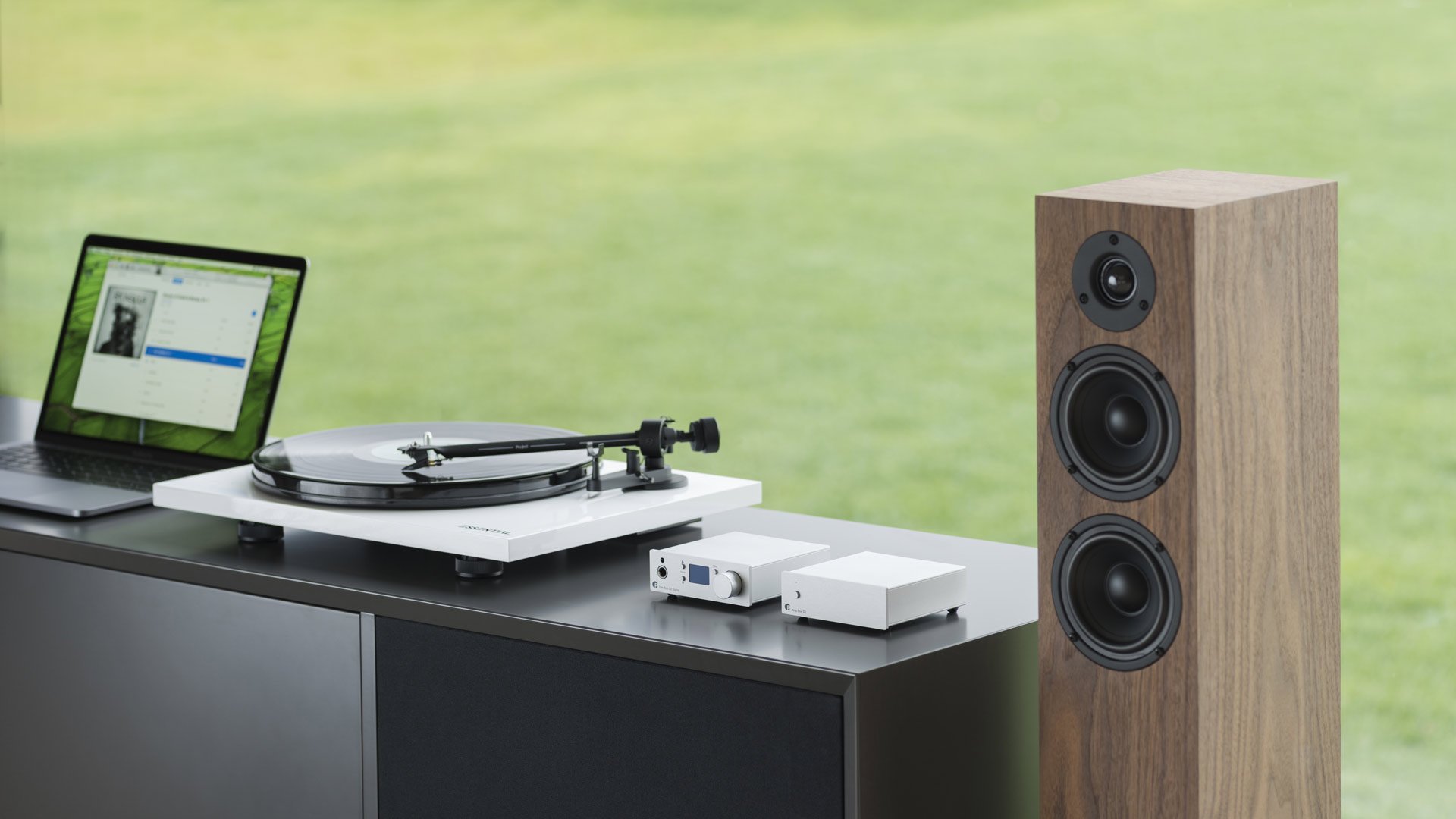Home>Production & Technology>Stereo>What Is Stereo Widening
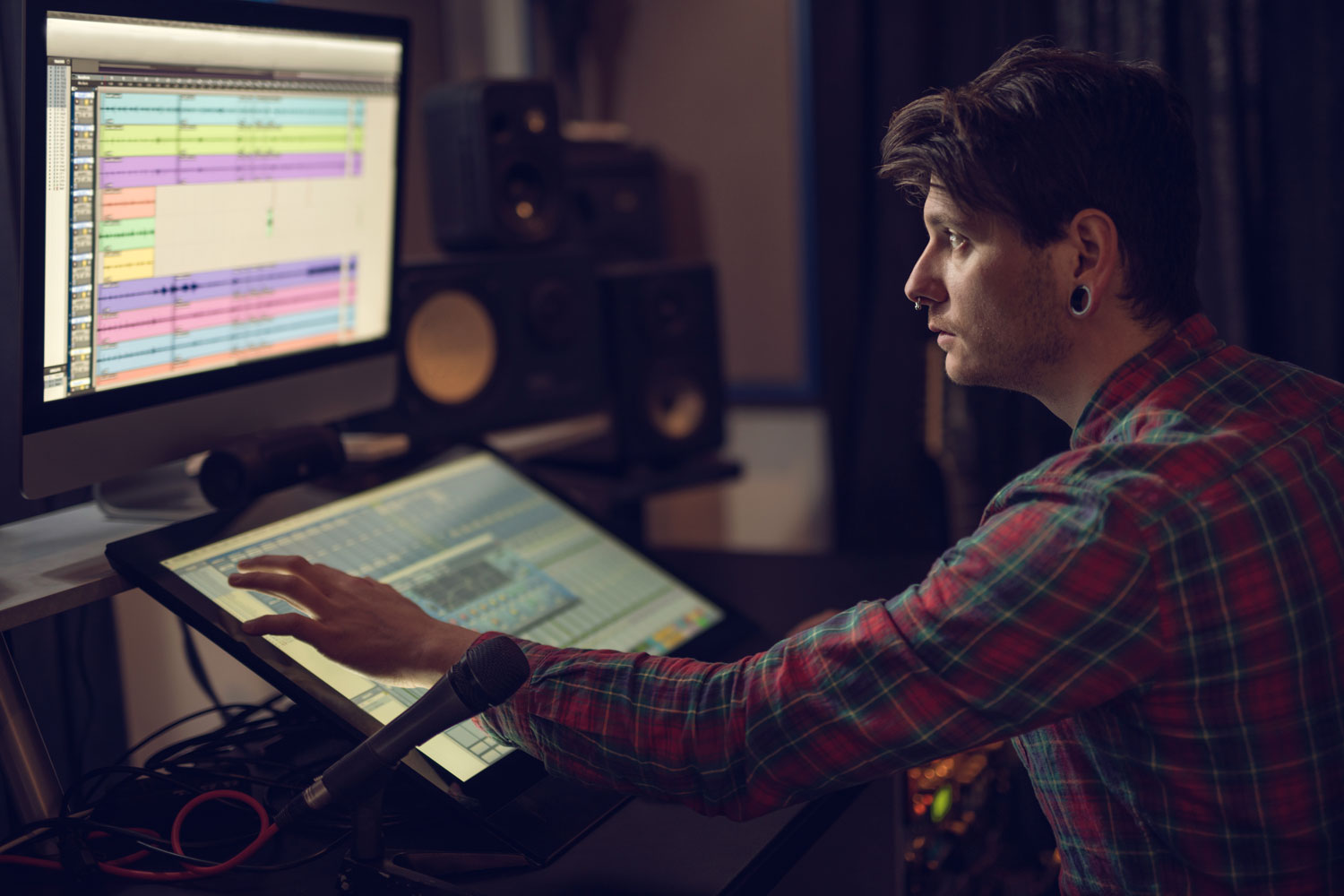

Stereo
What Is Stereo Widening
Published: November 25, 2023
Discover the power of stereo widening and enhance your audio experience. Learn how stereo techniques can create a wider soundstage for a more immersive and captivating listening experience.
(Many of the links in this article redirect to a specific reviewed product. Your purchase of these products through affiliate links helps to generate commission for AudioLover.com, at no extra cost. Learn more)
Table of Contents
Introduction
Stereo widening is a technique used in audio production to enhance the perceived width and spaciousness of a sound signal. It creates an immersive and three-dimensional listening experience by expanding the stereo image beyond the boundaries of traditional stereo playback. With stereo widening, audio engineers and producers have the ability to manipulate the placement of sound sources and create a more engaging and dynamic mix.
When we listen to music or any audio content, our brain processes the differences in timing, volume, and frequency between the left and right channels to perceive spatial information. This is known as the stereo image. By altering certain aspects of the stereo signal, stereo widening techniques can create the illusion of a wider soundstage, making the audio appear more enveloping and immersive.
Stereo widening can be applied to various types of audio recordings, including music, podcasts, film soundtracks, and video game audio. It can be used subtly to add depth and dimension to a mix or pushed to more extreme settings to create a larger-than-life sound. However, it’s important to use stereo widening judiciously and with a purpose, as excessive widening or improper implementation can negatively impact the mix and lead to phase cancellation issues.
In this article, we will explore the concept of stereo widening in more detail, discuss the different techniques and effects involved, highlight common tools and plugins used for stereo widening, examine the pros and cons of using this technique, provide tips on how to use stereo widening effectively, and showcase examples of its application in music production.
Understanding Stereo Widening
Stereo widening is based on the principle that our brain interprets differences in the audio signals between the left and right channels to perceive spatial information. By manipulating these differences, audio engineers can create a sense of width and spaciousness in the stereo image. Understanding the key concepts behind stereo widening can help you use this technique effectively in your audio productions.
The main goal of stereo widening is to make the sound appear wider and more immersive without compromising the balance and clarity of the mix. It’s essential to maintain a natural soundstage and avoid any artificial panning or phasing issues.
There are several techniques used in stereo widening. One common method is Mid-Side processing, which involves manipulating the center (or mid) channel and the sides (or left-right) channels separately. By expanding the sides and reducing the center, the stereo image is widened. This technique allows for precise control over the width, as the center remains intact.
Another technique is the Haas effect, also known as the precedence effect. This effect occurs when we perceive a sound source as originating from the direction of the first arriving sound, even if there are other delayed sounds. By introducing slight time delays between the left and right channels, the Haas effect can be utilized to create a sense of width.
It’s important to note that stereo widening should be used selectively. Not all elements in a mix benefit from an increased stereo image. Elements that are supposed to appear centered, such as lead vocals or kick drums, should generally remain focused in the middle. Conversely, stereo widening can work well for elements like background vocals, guitars, synths, and effects, as it can add depth and dimension to these elements.
When implementing stereo widening techniques, it’s crucial to listen critically and use reference tracks as a guide. A well-mixed and mastered reference track can help you gauge how much widening is appropriate for your mix and ensure that it translates well across different listening systems.
Ultimately, understanding the principles of stereo widening and the various techniques involved enables audio engineers and producers to enhance their mixes and create a more engaging and immersive listening experience.
Techniques and Effects of Stereo Widening
Stereo widening employs a variety of techniques to enhance the stereo image and create a more expansive soundstage. Understanding these techniques and their effects is crucial for utilizing stereo widening effectively in audio production.
1. Mid-Side Processing: This technique involves splitting the audio signal into the mid and side channels. The mid channel contains the mono or center information, while the side channels capture the stereo information. By applying different processing to the side channels, such as stereo enhancement or widening effects, the stereo image can be expanded while keeping the center intact.
2. Delay and Haas Effect: Introducing slight time delays between the left and right channels can enhance the perception of width. Known as the Haas effect, this technique leverages the brain’s preference for the first arriving sound to create a wider stereo image. However, caution must be exercised to avoid excessive delay, which can cause phasing issues and compromise mono compatibility.
3. Harmonic Excitement: Adding harmonic content, particularly in the upper frequency range, can create a sense of spaciousness and depth. This technique involves enhancing the stereo image by emphasizing high-frequency elements, such as cymbals and vocals, using techniques like stereo phasing or widening plugins.
4. Frequency-based Processing: By selectively processing different frequency ranges, audio engineers can enhance the width of specific elements in the mix. For example, widening the stereo image of a guitar or synth in the higher frequencies can make them sound more present and spacious, while keeping the lower frequencies centered.
5. Multiband Stereo Enhancement: With this technique, the stereo widening effect is applied independently to different frequency bands. This allows for precise control over the widening effect and can prevent certain frequency ranges from becoming too wide or causing phase cancellation issues.
When using stereo widening techniques, it’s essential to listen critically and strike a balance. While widening can enhance the stereo image and create a sense of depth, it’s important to maintain mono compatibility, especially for situations where the mix may be played back in mono, such as some Bluetooth speakers or older playback systems.
Moreover, it’s important to consider the overall mix and artistic intent. Not all elements of a mix will benefit from stereo widening. Sounds that are meant to be centered, like the lead vocal or kick drum, should typically remain focused in the middle to maintain a solid foundation for the mix.
By understanding these techniques and their effects, audio engineers and producers can harness the power of stereo widening to create engaging and immersive audio experiences.
Common Stereo Widening Tools and Plugins
In the world of audio production, there are a variety of tools and plugins available that are specifically designed to enhance the stereo image and provide stereo widening effects. These tools offer an array of features and parameters to manipulate the stereo field and can greatly enhance the mixing and mastering process. Here are some popular stereo widening tools and plugins:
1. Haas Effect Plugins: These plugins simulate the Haas effect by introducing time delays between the left and right channels, creating a sense of width. They often include additional controls like the ability to adjust the delay time, feedback, and blend to fine-tune the widening effect.
2. Mid-Side Processing Plugins: Mid-Side plugins allow for independent processing of the Mid (center) and Side (stereo) channels. They enable precise control over the stereo image by offering parameters to adjust the width, balance, and EQ of each channel separately. Some of these plugins also offer stereo enhancement and widening functions.
3. Stereo Widening Plugins: Dedicated stereo widening plugins are designed to specifically enhance the stereo image of audio signals. They employ various techniques like phase manipulation, spatial algorithms, and frequency-based processing to create a wider soundstage. These plugins often provide controls to adjust the amount of widening, stereo width, and the frequency bands affected.
4. Multiband Imaging Plugins: These plugins allow for independent stereo widening and imaging control over different frequency bands. They offer the flexibility to enhance the stereo image of specific frequency ranges, preventing potential phase cancellation issues. Multiband imaging plugins are useful for targeting certain elements in the mix, such as vocals or instruments, and widening them selectively.
5. Stereo Imaging Analyzers: While not directly generating stereo widening effects, stereo imaging analyzers provide visual feedback on the stereo image of a mix. These tools help audio engineers visualize the width, balance, and phase relationships of audio signals in the stereo field. By analyzing the stereo image, engineers can make informed decisions about where and how to apply stereo widening techniques.
It’s important to choose tools and plugins that suit your specific needs and workflow. Whether you prefer dedicated stereo widening plugins or plugins that offer a broader range of processing options, these tools provide powerful control over the stereo image, allowing you to shape the perceived width and depth of your audio mix.
Pros and Cons of Stereo Widening
Stereo widening is a technique that can greatly enhance the spatial perception and immersion of an audio mix. However, like any processing technique, it comes with its own set of pros and cons. Understanding these advantages and limitations can help audio engineers and producers make informed decisions when applying stereo widening in their productions.
Pros:
- Enhanced Spatial Perception: Stereo widening creates a wider soundstage, making the audio appear more immersive and three-dimensional. It adds depth and dimension to the mix, enhancing the listening experience.
- Improved Headphone Experience: Stereo widening can be particularly beneficial for headphone listeners, as it compensates for the natural limitation of headphone audio by creating a more spacious and enveloping sound.
- Better Mix Separation: By expanding the stereo image, stereo widening can help separate elements within the mix. It allows for clearer placement of instruments, vocals, and effects, resulting in a more balanced and detailed mix.
- Increased Perceived Loudness: When done correctly, stereo widening can create a perception of increased loudness. This can be advantageous for genres where a larger, more expansive sound is desired.
Cons:
- Potential Mono Compatibility Issues: Excessive stereo widening or improper implementation can lead to mono compatibility issues. Some playback systems, such as mono speakers or certain Bluetooth devices, may not accurately reproduce widened stereo signals, leading to phase cancellation and a loss of audio quality.
- Loss of Focus and Center Image: In some cases, overly wide stereo widening can diminish the focus and center image of the mix. Sounds that are meant to be centered, such as lead vocals or kick drums, may lose their presence and solidity if widened too much.
- Inaccurate Localization: If stereo widening is applied haphazardly or excessively, it can result in inaccurate localization of sound sources. This can lead to a distorted perception of depth and positioning within the stereo field.
- Risk of Phase cancellation: Stereo widening techniques like phase manipulation and time delays may introduce phase cancellation issues, especially in the lower frequency ranges. This can result in a loss of low-end energy and impact the overall balance of the mix.
When using stereo widening, it’s crucial to strike a balance between the desired width and the integrity of the mix. Careful consideration should be given to the intended playback environment, the artistic vision of the mix, and the specific requirements of the audio content.
By weighing the pros and cons of stereo widening and applying it judiciously, audio engineers can harness its benefits while mitigating any potential drawbacks, resulting in a more immersive and captivating listening experience.
How to Use Stereo Widening Effectively
Stereo widening can be a powerful tool for enhancing the depth and immersive qualities of an audio mix. However, it’s important to use this technique judiciously to avoid potential issues and maintain a balanced and natural sound. Here are some tips for using stereo widening effectively:
1. Start with a solid foundation: Before applying stereo widening, it’s crucial to have a well-balanced mix. Ensure that each element has its own space in the stereo field and isn’t clashing with other elements. Address any phase cancellation issues or problematic frequency overlaps before widening the mix.
2. Use stereo widening selectively: Not all elements in a mix will benefit from stereo widening. It’s important to consider the artistic intent of each element and determine if widening is necessary and appropriate. Elements like background vocals, guitars, synths, and effects often benefit from stereo widening, while central elements like lead vocals or kick drums typically remain focused in the middle.
3. Experiment with different techniques: There are various stereo widening techniques available, such as mid-side processing, Haas effect, or frequency-based processing. Experiment with different techniques and find the ones that work best for your mix. Remember to listen critically and make adjustments based on what sounds natural and enhances the overall mix.
4. Use stereo widening in moderation: It’s crucial to exercise restraint when using stereo widening. Too much widening can lead to an unnatural and exaggerated soundstage. Start with subtle widening and gradually increase it if needed. Use your ears as the ultimate judge and ensure that the widened stereo image still retains cohesiveness and balance.
5. Consider the target playback system: Keep in mind that not all playback systems fully reproduce stereo widening effects. Consider the intended listening environment and the devices your audience may use. Test your mix on different playback systems, including mono systems, to ensure that the widened stereo image translates well and doesn’t cause phase cancellation or mono compatibility issues.
6. Use reference tracks as a guide: Using well-mixed and mastered reference tracks can provide valuable insights into how professional engineers have utilized stereo widening in similar genres or styles. Analyze the stereo image of the reference tracks and use them as a benchmark to gauge the appropriate amount of widening for your mix.
7. Trust your ears and listen critically: While technical guidelines are helpful, ultimately, your ears are the best judge. Listen critically to your mix and the effectiveness of stereo widening. Pay attention to the overall balance, depth, and width of the mix. Make adjustments as necessary to create a coherent and enjoyable listening experience.
By following these guidelines and using stereo widening techniques with care, you can enhance the spatial qualities of your mix and create an engaging and immersive audio experience for your listeners.
Examples of Stereo Widening in Music Production
Stereo widening is a commonly used technique in music production to create an expansive and immersive listening experience. It can be applied to a wide range of musical elements to enhance the stereo image and add depth to the mix. Here are a few examples of how stereo widening is used in music production:
1. Background Vocals: Stereo widening is often used to make background vocals or harmonies wider and more spacious. By applying subtle stereo widening techniques, the background vocals can be spread out across the stereo field, creating a lush and immersive sound.
2. Guitars and Keyboards: Stereo widening can breathe life into guitars and keyboards by enhancing their stereo width. This technique can make these instruments sound larger and more present, helping them fill the sonic space and contribute to the overall depth and richness of the mix.
3. Percussion and Effects: Percussion elements, such as shakers, tambourines, and cymbals, can benefit from stereo widening to make them sound more dynamic and spread out. Additionally, stereo widening can be applied to effects like reverbs, delays, and spatial processors to create a sense of space and depth in the mix.
4. Synthesizers and Pads: Synthesizers and atmospheric pads can greatly benefit from stereo widening to create a sense of width and movement. By widening these elements, they can fill the stereo field and envelop the listener, enhancing the immersive quality of the music.
5. Spatial Soundscapes: Stereo widening can be used creatively to build spatial soundscapes and create a sense of distance and movement within the mix. By panning different elements and widening their stereo image selectively, producers can create an immersive environment that transports the listener to different sonic spaces.
6. Background Ambience: Background ambience or sound effects can be widened to create a realistic and expansive sonic environment. This technique can be particularly effective in genres like cinematic music or ambient music, where the goal is to transport the listener to a different sonic world.
It’s important to note that while stereo widening can enhance the immersive qualities of a mix, it should be used with intention and in moderation. Careful attention should be paid to maintaining mono compatibility and ensuring that centered elements, such as lead vocals or kick drums, remain focused in the middle for a solid foundation.
By incorporating stereo widening techniques intelligently and tastefully into the production process, music producers can create mixes that captivate listeners and provide them with a truly immersive and engaging sonic experience.
Conclusion
Stereo widening is a powerful technique in audio production that can enhance the perceived width and depth of a mix, creating a more immersive listening experience. By manipulating the stereo image, audio engineers and producers can add dimension and spatial qualities to their mixes, making them sound more engaging and dynamic.
Throughout this article, we’ve explored the concept of stereo widening, the various techniques and effects involved, common tools and plugins used for stereo widening, as well as the pros and cons of employing this technique. We’ve also provided tips on how to use stereo widening effectively and showcased examples of its application in music production.
However, it’s important to exercise caution when using stereo widening. While it can enhance the stereo image and create an immersive soundstage, excessive or improper implementation can cause issues such as phase cancellation, mono compatibility problems, and a loss of focus within the mix. It’s crucial to maintain balance, use stereo widening selectively, and always prioritize the artistic intent of the mix.
Remember to trust your ears and listen critically when applying stereo widening techniques. Each mix is unique, and what works well for one may not necessarily work for another. Use reference tracks as a guide and fine-tune the amount of widening to suit your specific needs and desired aesthetic.
Stereo widening, when used effectively, can elevate your audio productions to new heights. By carefully crafting the stereo image, you can create an immersive and captivating sound that draws listeners in and enhances their overall experience. Whether you’re working on music, podcasts, film soundtracks, or any other audio content, integrating stereo widening techniques into your workflow can open up a world of possibilities and take your mixes to a whole new level.
So go ahead, experiment with stereo widening, and let your creativity soar as you craft mixes that engulf and mesmerize your audience with expansive soundscapes and immersive sonic environments.

